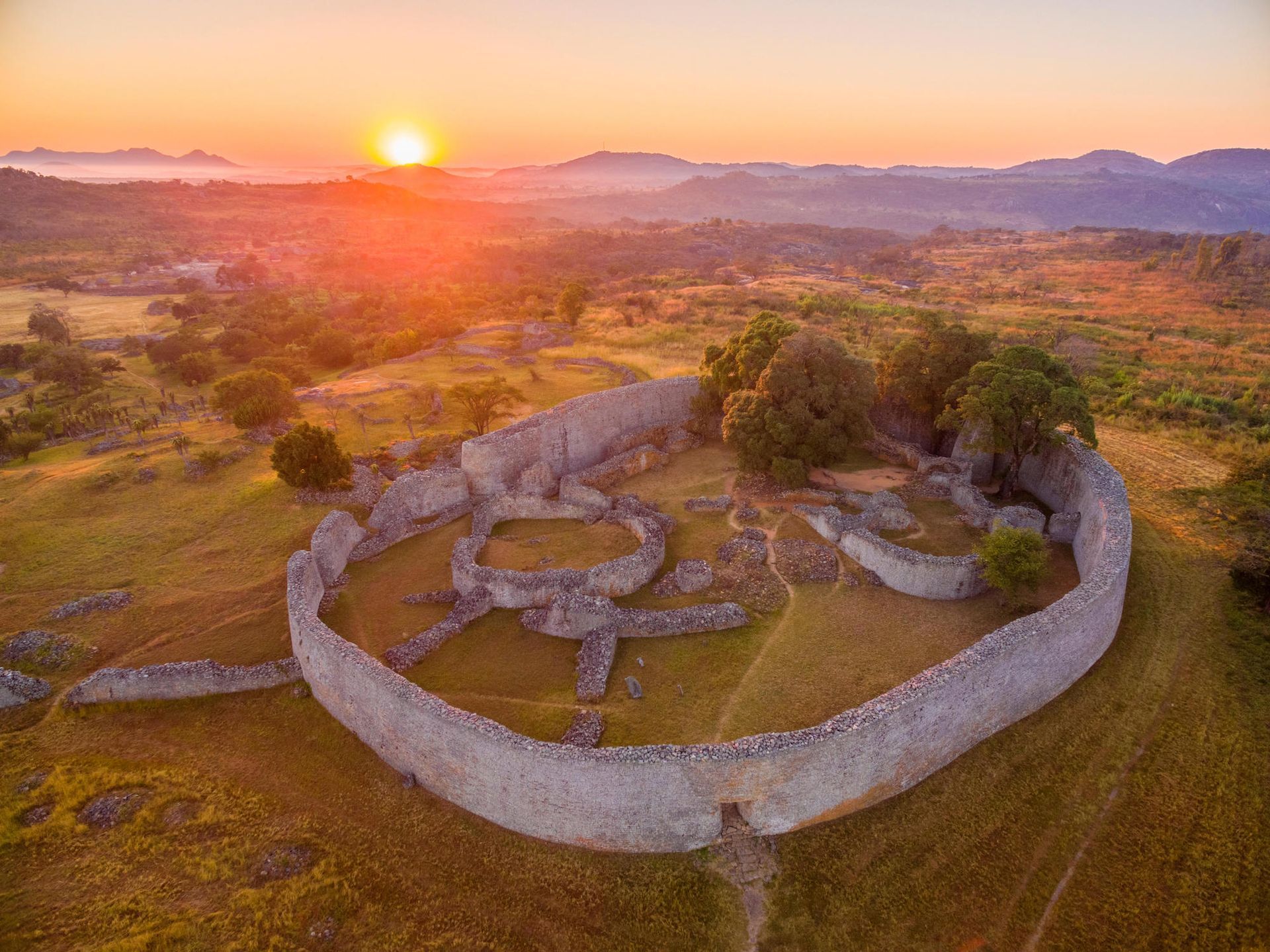The Moor's rule in Spain
The Moors and the Age of European Enlightenment

The Moors were a group of North African (many say from Mauritania) inhabitants who conquered and ruled Spain for nearly 781 years, from 711 to 1492. They entered the Iberian Peninsula, Spain after crossing the Strait of Gibraltar, passing through Morocco. The Moors were known for their exceptional architecture and engineering skills, and they built numerous impressive structures such as universities and mosques in Spain, which still stand to this day.
They made significant contributions to various fields, including Mathematics, Literary, Science, Medicine, Chemistry, Hygiene, Ancient Philosophy, Astronomy, Botany, Masonry, and Architecture. The Moors were the first to introduce the use of Arabic numerals to Europe, which are still used today. They also made significant advancements in medicine, developing treatments for various illnesses and diseases, and creating medical textbooks that were widely used.
In addition, the Moors were skilled astronomers and developed advanced techniques for measuring time and determining the position of celestial bodies. They also made significant contributions to botany, introducing new plants to Spain and creating gardens that were admired by many.
The Moors were also known for their expertise in masonry, and they built numerous impressive structures such as the Alhambra palace in Granada, which is considered one of the most beautiful and impressive buildings in the world. Finally, they also wrote extensively about their history, creating numerous historical texts that are still studied today.
The legacy of the Moors in Spain is a powerful reminder of the importance of cultural exchange and the fusion of knowledge across civilizations. Their ability to blend various influences—Kemet, Kush, Arab, Berber, and European—into a coherent and thriving society demonstrates the potential for diverse cultures to coexist, collaborate, and contribute to a shared human heritage. The Moorish period in Spain serves as an example of how societies can flourish through tolerance, intellectual curiosity, and a commitment to the advancement of knowledge.
In 1492, the fall of Granada marked the end of Moorish rule in Spain, but their influence continued to shape the culture, architecture, and science of Europe long after their departure. The Moors left behind a legacy that continues to inspire and inform contemporary discussions on the importance of multiculturalism and the enduring impact of African scientific and cultural achievements across borders.
We must restore the Truth!
#blackhistory365 #blackexcellence #knowthyself #moors



